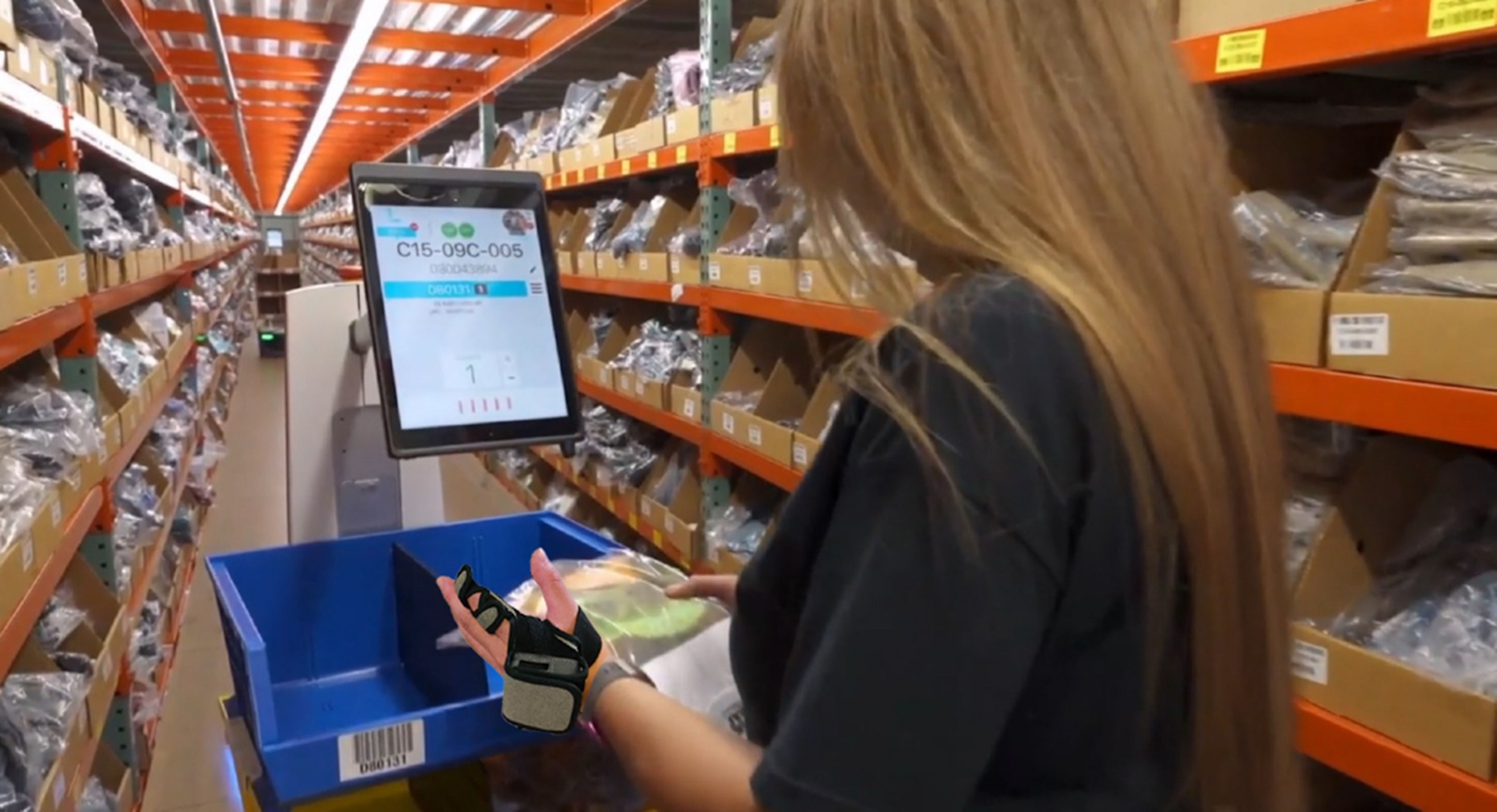)
Joybird Enhances Free Design Tools with All-New Space Planner Mobile Experience, Powered by 3D Cloud
Joybird Enhances Free Design Tools with All-New Space Planner Mobile Experience, Powered by 3D Cloud
)
)
)
)
)
)
)
)
)
)
)
)
)


)
)
)
)
)
)
)
)
)
.png/fit-in/500x9999/filters:no_upscale())
)
)
)
)
)
)
)
)
)
)
)
)
)
)
)
)
)

)
)
)
)
)
)

)
)
)
)
)
)
)
)
)
)
)
)
)
)
)
)
)
)
)
)
)
)
)
)
)
)
)

)
)